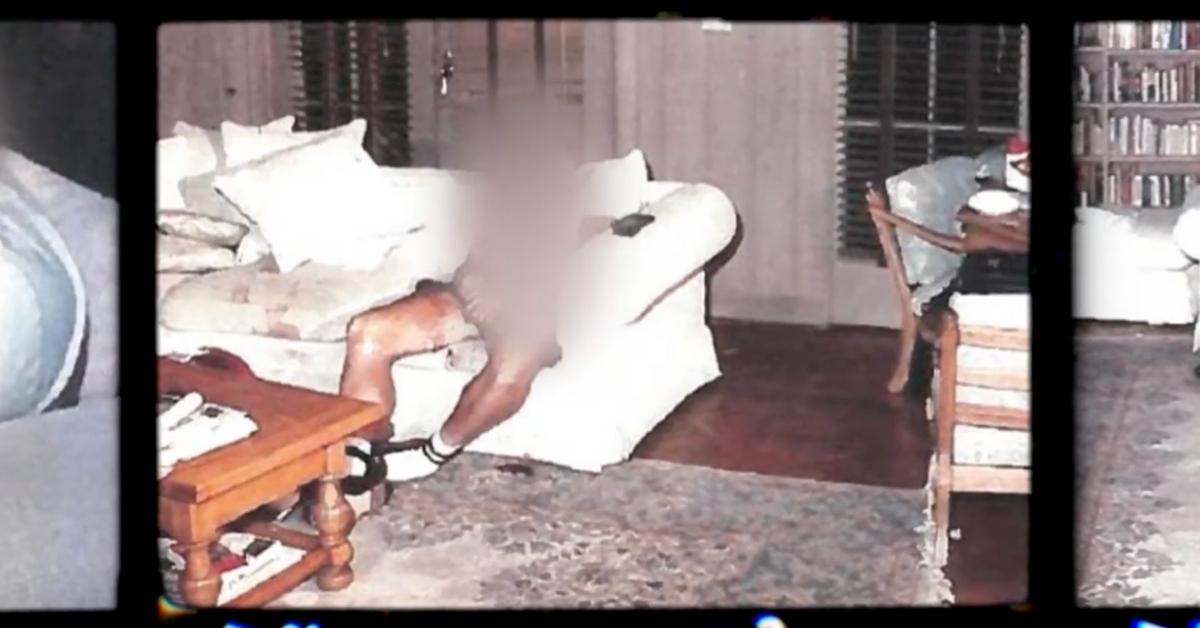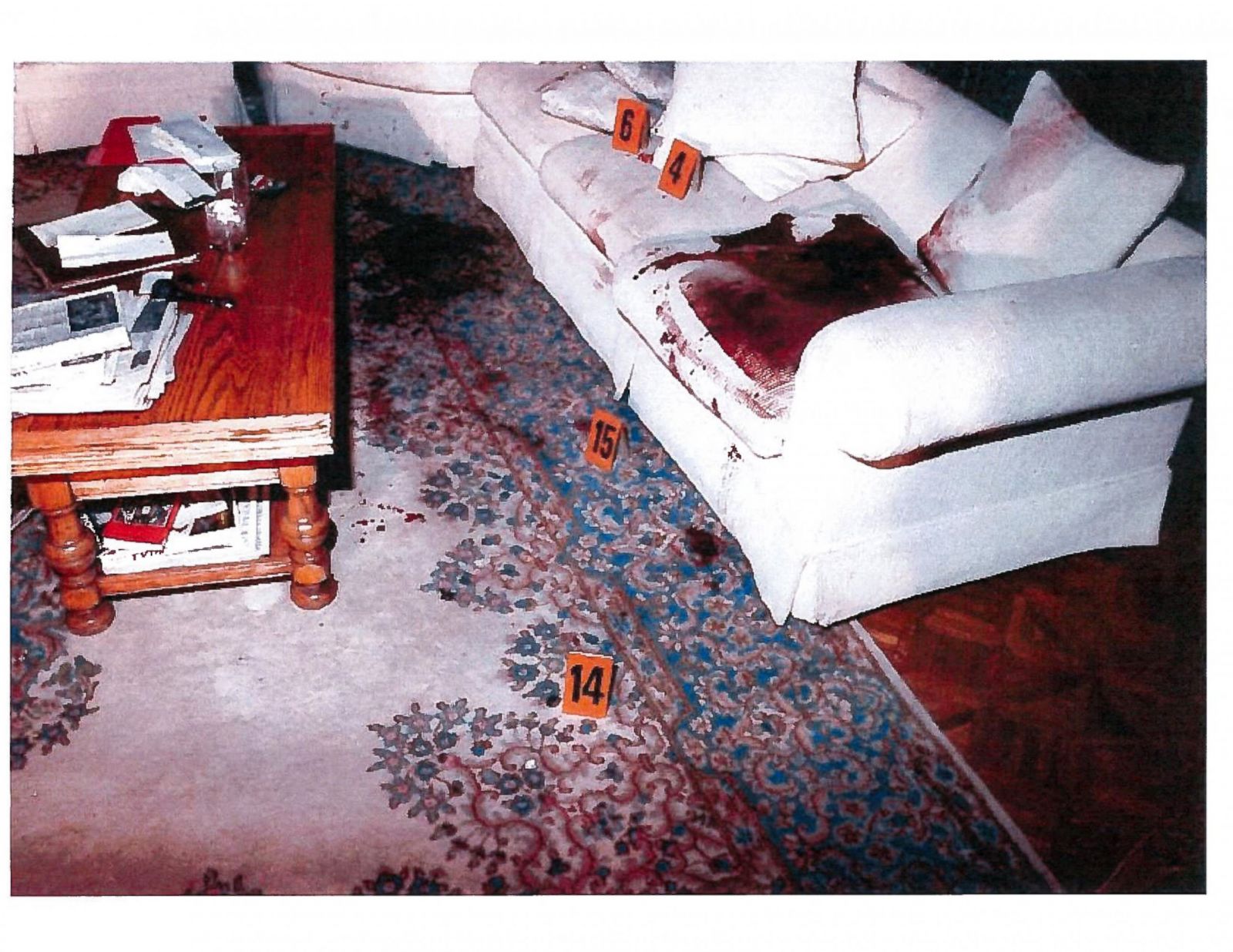Menendez Brothers Case: Netflix, Murders & Untold Story
Could two privileged sons truly be capable of orchestrating the brutal murder of their parents? The chilling case of Lyle and Erik Menendez, re-ignited by a recent Netflix documentary, continues to haunt the American psyche, forcing us to confront the darkest corners of human behavior and the devastating consequences of familial dysfunction.
In October 2024, the release of "The Menendez Brothers" on Netflix thrust this notorious case back into the public eye, reigniting the intense scrutiny that has followed it for decades. The events, which unfolded on August 20, 1989, in the affluent enclave of Beverly Hills, California, remain a stark reminder of the fragility of life and the complexities of justice. Lyle Menendez, born on November 27, 1967, and his younger brother Erik, born on January 10, 1968, were ultimately convicted of murdering their parents, José and Kitty Menendez, in their own home. The crime was shockingly violent, carried out with a shotgun, and the aftermath became a media spectacle, filled with accusations, denials, and a gripping courtroom drama that captivated the nation.
| Name | José Menendez | Kitty Menendez |
| Full Name | José Francisco Menendez | Mary Louise "Kitty" Andersen Menendez |
| Born | May 6, 1944, Havana, Cuba | 1941 |
| Died | August 20, 1989, Beverly Hills, California | August 20, 1989, Beverly Hills, California |
| Occupation | Entertainment Executive | Former Beauty Queen |
| Annual Income (José) | $2 Million (approximate) | N/A |
| Children | Lyle Menendez, Erik Menendez | Lyle Menendez, Erik Menendez |
| Reference Website | Wikipedia - José Menendez | Wikipedia - Kitty Menendez |
The gruesome scene that unfolded that night at the Menendez mansion in Beverly Hills shocked even the most seasoned investigators. The bodies of José and Kitty Menendez were discovered in their home, victims of a brutal shotgun attack. The police arrived to find a scene of chaos, with the couple unresponsive and bleeding profusely. The television was still on, a detail that added to the surreal nature of the crime scene. The question of who would commit such a heinous act in such a privileged environment instantly consumed the attention of the public and the media. The initial investigation provided few leads, and the detectives assigned to the case faced an uphill battle in piecing together the puzzle of the crime.
- Jimmy Garoppolos Love Life Girlfriend Dating History More
- Lyra Crow Latest Pics Videos Free Updated Daily
Three days after the murders, Dr. Irwin Golden of the Los Angeles County Coroner's Office conducted the autopsies. José's autopsy took place first, and the details revealed the sheer brutality of the attack. According to the autopsy report, José, who was 45 years old, suffered an "explosive decapitation with evisceration of the brain." The first wound examined by Dr. Golden was a shotgun wound to the head. The autopsy of Kitty Menendez revealed that she had been shot a total of 10 times. One of the fatal wounds was a contact wound to the left cheek, meaning the gun muzzle was pressed directly against her skin when fired. The autopsy reports, which detailed the extensive damage inflicted upon the victims, would later become crucial pieces of evidence in the prosecution's case.
The Menendez family's seemingly perfect facade of wealth and privilege began to crumble under the weight of the investigation. José Menendez, a wealthy entertainment executive, earned an estimated $2 million annually, while his wife, Kitty, was a former beauty queen. Together, they had built a life of luxury in Beverly Hills. Their sons, Lyle and Erik, were seemingly the epitome of success, living a life of privilege that many could only dream of. However, this picture-perfect image masked a darker reality. The Menendez house itself became a symbol of wealth, privilege, and, ultimately, a chilling crime scene that shocked the nation. The investigation slowly started to unveil the complexities and dysfunction that lay beneath the surface.
Kitty Menendez, born Mary Louise Andersen in 1941, was a central figure in the unfolding drama. Known to her family and friends as "Kitty," she was a glamorous and enigmatic woman whose life was marked by beauty, ambition, and, ultimately, tragedy. The stories and reports of her life before the murders painted a picture of a woman who enjoyed the finer things in life. As the trial of Lyle and Erik unfolded, her life, personality, and relationships were put under intense scrutiny. The defense attempted to paint her as a difficult and demanding parent, and the prosecution argued that she was an innocent victim of a brutal crime. Her life became a complex study in contrasts.
The brutality of the Menendez murders was undeniable. The crime scene photos and autopsy reports painted a vivid picture of the violence inflicted upon the victims. The shotgun blasts tore through the bodies of José and Kitty, leaving behind a scene of utter devastation. Autopsy reports indicate that Kitty was shot 10 times. The detail of the contact wound on her left cheek suggested the personal nature of the attack, adding to the already shocking nature of the crime. In the case of José, the autopsy detailed the "explosive decapitation," highlighting the sheer force and violence of the fatal shots. The autopsy reports would later be crucial in determining the timeline of events and in providing details about the nature of the attack.
The investigation faced a critical turning point when the police, finding no evidence of forced entry, began to suspect an inside job. The absence of signs of a break-in pointed the finger toward someone within the Menendez home. The brothers were initially questioned and quickly became the prime suspects. The pressure mounted, and the brothers' behavior raised suspicions. The subsequent investigation would expose the complexities of the family dynamics and lead to the unraveling of a tragic tale of wealth, privilege, and murder.
The prosecution's case hinged on the evidence that the sons had meticulously planned and executed the murder of their parents. The prosecutors pointed to the lack of forced entry, the fact that no valuables were taken, and the brothers' subsequent actions and statements as evidence of their guilt. The motive, the prosecution argued, was financial gain. Evidence was presented that the brothers stood to inherit a substantial fortune after their parents' death. In the end, the brothers were convicted, and the verdict sent shock waves through the country and the legal world.
The central question of why Lyle and Erik Menendez killed their parents remains one of the most debated aspects of this tragic story. The defense team argued that the brothers acted in self-defense, claiming years of physical and psychological abuse at the hands of their parents. The defense's strategy was to portray the brothers as victims of a troubled upbringing, who had finally reached a breaking point. The details of the trial brought into sharp relief the complexities of family dynamics, abuse, and the psychological toll that such experiences can take.
On the night of August 20, 1989, the brothers shot José and Kitty Menendez multiple times inside their Beverly Hills home. The brothers, who were initially questioned as potential witnesses, soon became the prime suspects. The physical evidence, including the shotgun used in the crime, and their subsequent actions led investigators to focus on their involvement. The investigation and subsequent trials revealed a chilling narrative of deception, greed, and familial dysfunction.
The Menendez brothers' story has captivated audiences for decades. The new Netflix documentary delves into the infamous case, providing a fresh perspective on the tragic events. The documentary revisits the events of that fateful night, the investigation that followed, and the legal proceedings that shaped the case. The documentary includes allegations from a former acquaintance, new evidence, and explores the psychological underpinnings of the case. It examines the complex family dynamics and childhood experiences that may have contributed to the tragic events. The documentary features allegations of child abuse and highlights how the case connected to broader issues of child abuse.
The story of the Menendez brothers is not just about the crime itself but also about the complex family dynamics that led to one of the most shocking murders in American history. It is a story of wealth, privilege, and the dark underbelly of a seemingly perfect life. The story has sparked numerous documentaries, podcasts, and books, ensuring that this tragic tale will continue to intrigue and horrify the public for years to come.
The legacy of the Menendez case extends far beyond the courtroom. The case has significantly influenced law and media. The intense media coverage of the trials, including the live broadcast, made it one of the earliest examples of a "trial by media." The case raised questions about the ethics of media coverage and the impact of televised trials. The case also brought attention to issues of family violence, abuse, and the psychological effects of such experiences. The complex dynamics of the case, the shocking details of the crime, and the extensive media coverage have ensured its lasting impact on American culture.
The brutal nature of the murders is indisputable. The images from the crime scene, including those released in media reports and documentaries, show the raw and devastating impact of the shotgun blasts. In the case of Kitty Menendez, an apparent wound on her arm showed that she had been standing and moving before the deadly gunshot, adding to the sense of a struggle. In another photograph, a wound on José Menendezs leg proved he was standing when the fatal shot was fired. These visual details reinforce the brutality and the personal nature of the attack.

Unraveling The Tragic Tale Of The Menendez Brothers Crime And Consequences Jose Kitty Autopsy

The Menendez Autopsy Results Were as Gruesome as the Crime Scene

Revealing The Truth Behind The Menendez Brothers Documents